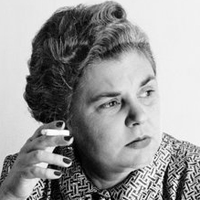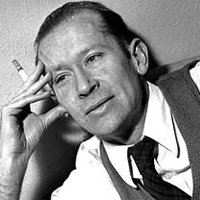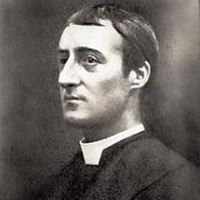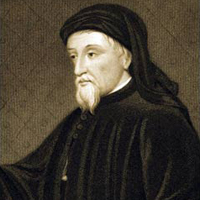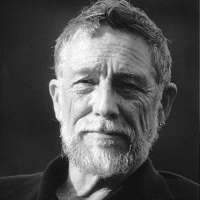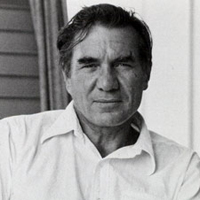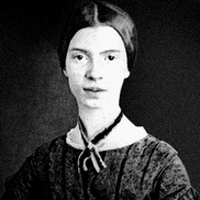The Lifeguard by James Dickey: Summary and Critical Analysis
The Lifeguard by James Dickey is a poem that explores the burden of responsibility that every man carries within his mind. On a literal level of the poem, we find a life-guard (a man who is there to save people from drowning in swimming pools) who has failed to rescue a child, even after attempting the whole day long, and are now thinking of his failure with a sense of guilt and tragedy of his failure.

